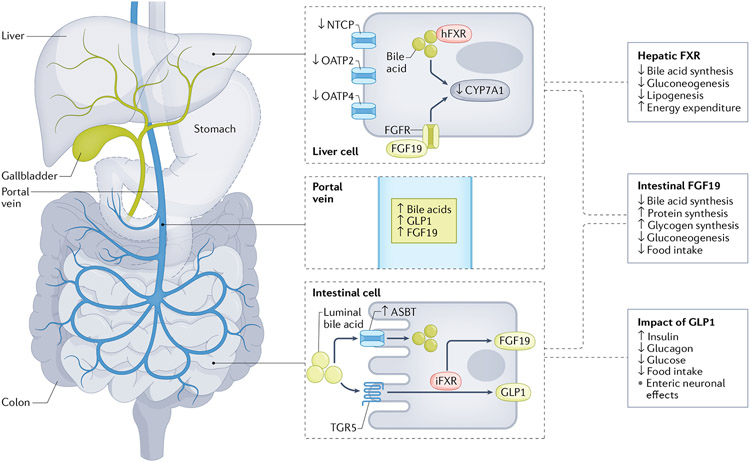Fig. 2 ∣. Bariatric surgery-induced changes in bile acid dynamics induce alterations in glucose metabolism.
Plasma levels of bile acids increase after bariatric surgery via alterations in the enterohepatic circulation. Increased expression of the intestinal bile acid transporter ASBT increases the resorption of bile acids from the intestinal lumen into the portal vein. Decreases in hepatic bile acid transporters (NTCP, OATP2 and OATP4) reduce the reuptake of bile acids into the liver, which leaves increased levels of bile acids in the circulation. Within the intestine and adipose tissue, bile acids can activate Takeda G protein receptor 5 (TGR5); although the data are conflicting with VSG, this might be one mechanism by which luminal bile acids stimulate glucagon-like peptide 1 (GLP1) and consequently impact glucose metabolism and food intake. Also within the intestine, bile acids activate farnesoid X receptor (FXR), which increases expression and plasma levels of fibroblast growth factor 19 (FGF19; FGF15 in rodents). In the liver, FXR is also activated and the combination of these signalling pathways leads to reductions in bile acid synthesis and decreased gluconeogenesis and lipogenesis, and could also impact aspects of energy homeostasis. Dashed outline around the stomach indicates that it has undergone bariatric surgery. iFXR, intestinal FXR; hFXR, hepatic FXR.

